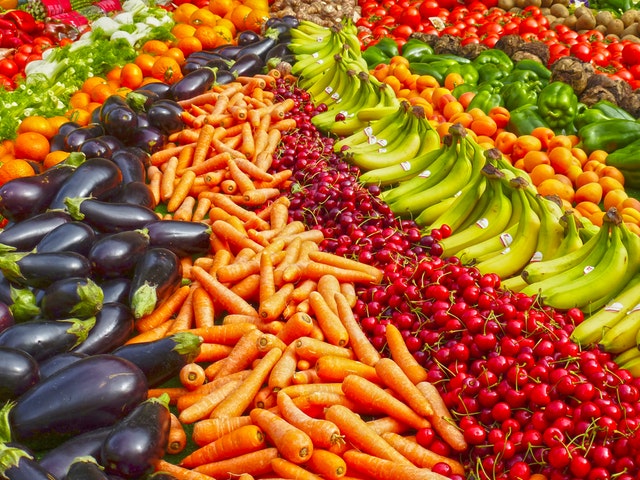The COVID-19 outbreak has pushed the Food and Agriculture Organization (FAO) Food Price Index down as world food prices dropped in February. The decline, the first in four months, was due to a sharp fall in the export prices of vegetable oils, partly driven by fears that the COVID-19 situation will slow global demand. The spread of COVID-19 is impacting demand for some products.
The FAO Food Price Index averaged 180.5 points in February, down 1.0 percent from the previous month but still 8.1 percent higher than a year earlier.
Meanwhile, the extent of the damage to the global economy caused by novel coronavirus COVID-19 moved further into focus this week as UN economists announced a likely US$50 billion drop in worldwide manufacturing exports in February alone.
In remarks made at a joint press conference with the head of the World Bank Group, International Monetary Fund (IMF) Managing Director, Kristalina Georgieva, said that the UN-backed global funds would make up the shortfall, in effect, by offering to inject around US$50 billion into low-income and emerging market nations, pending requests for support.
The FAO Vegetable Oil Index declined 10.3 percent from January, with international palm oil prices falling by even more on account of higher-than-expected output in Malaysia, a temporary drop in India’s import demand and concerns over the spread of COVID-19.
The FAO Cereal Price Index declined 0.9 percent last month. Wheat prices were lower, reflecting well-supplied markets, while maize prices retreated as demand from the livestock feed sector dipped amid expectations of a weakening global economy. By contrast, international rice prices rose, buoyed by strong demand from Far Eastern and East African buyers.
The FAO Meat Price Index was down by 2 percent from January, influenced by reduced imports by China, which were impacted by delays in cargo handling in ports. Drought-induced slaughter in New Zealand exerted further pressure on ovine meat price quotations, while poultry meat prices were affected by lower imports by Asia.
The FAO Dairy Price Index rose 4.6 percent, led by surging price quotations for cheese, partly linked to reduced milk output in Australia. Milk powders, by contrast, dipped as logistical bottlenecks slowed purchases by China, the world’s largest milk powder importer.
The FAO Sugar Price Index increased 4.5 percent amid prospects of lower production in India as well as in Thailand, combined with a strong global import demand.
World cereal production estimates revised upwards with FAO also issuing a new Cereal Supply and Demand Brief, raising its estimates for 2019 world cereal production to 2,719 million tons due to higher maize outputs in West Africa and Ukraine.
The brief offers a preliminary forecast of 763 million tons for 2020 worldwide wheat production – very close to the near-record level of 2019 – and indicates that coarse grain output in 2020 will likely be strong in Argentina, Brazil and South Africa.
World cereal utilization in the 2019/20 cycle is now forecast to reach a record level of 2,721 million tons, driven by higher food, feed and industrial usages.
FAO raised its forecast for world cereal stocks at the close of the 2020 seasons to nearly 866 million tons, resulting in the global cereals stock-to-use ratio staying at a comfortable level of 30.9 percent.
FAO also forecasts world trade in cereals to rise by 2.3 percent to 420 million tons in 2019/20, the second-highest level on record, with wheat shipments accounting for more than half of the expected increase.
Original article sourced from https://www.foodingredientsfirst.com/



